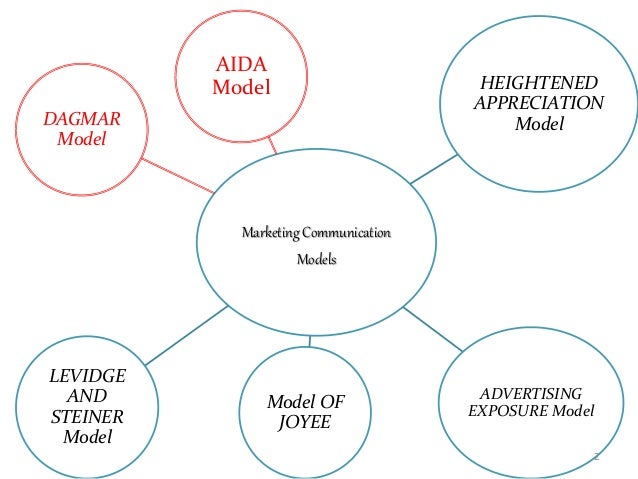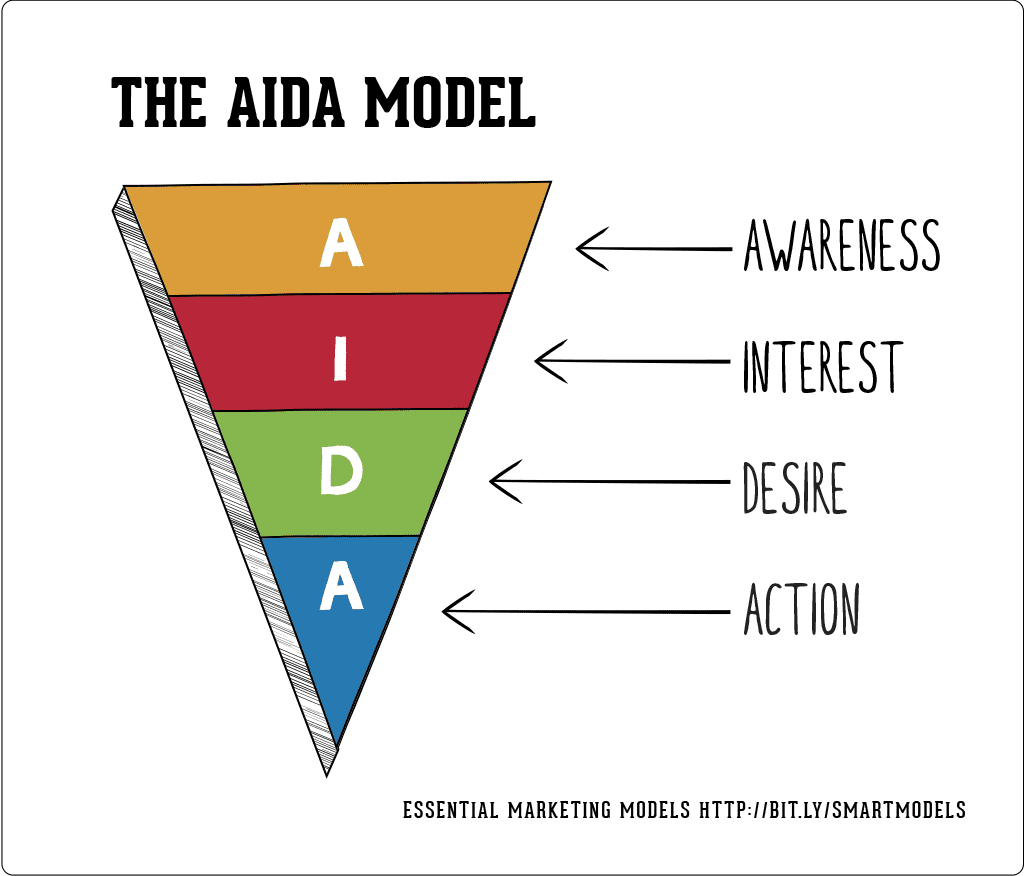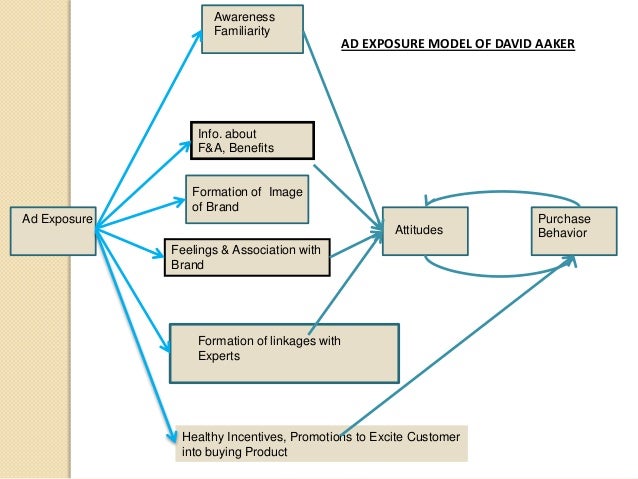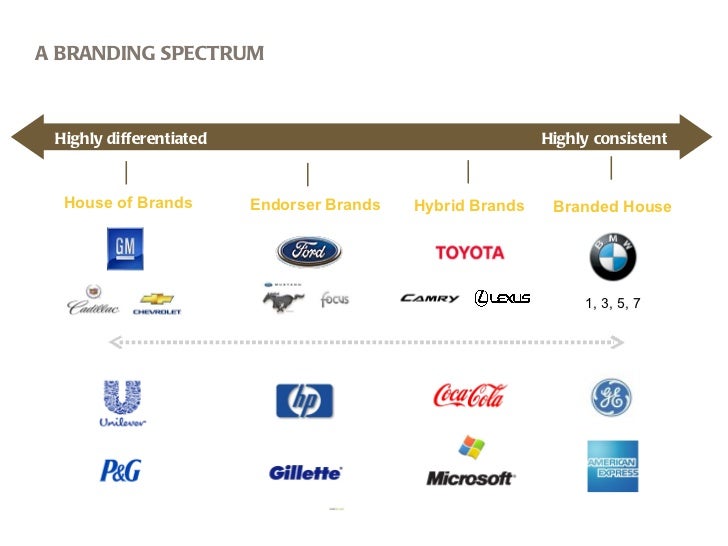Problem: How to make an effective and measurable social media plan?
Learning objectives
How to make an social media plan?
How to implement a social media plan?
How to measure a social media plan?
What is Social Media Marekting?
"Social media marketing refers to the process of gaining traffic or attention through social media sites."(Source, 30.03.2016: http://searchengineland.com/guide/what-is-social-media-marketing)
Social Media expert Brian Solis describes SM as: “…the democratization of content and the understanding of the role people play in the process of not only reading and disseminating information, but also how they share and create content for others to participate. It is the shift from a broadcast mechanism to a many-to-many model, rooted in a conversational format between authors and people.” (Solis 2010)
Social Media Marketing Platforms:
- Google+
- Snapchat
- Youtube
- (...)
6 step social media-marketing-plan:
1. Define your objectives:
Start your social media plan by analysing your current position. Based on that form SMART goals. Your objectives should be specific, measurable, achievable, relevant and time-based.
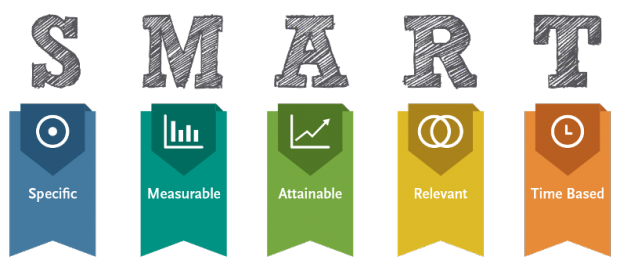
2. Social media analysis:
Evaluate how social media can be succesfully used for your company and which social media channels reach your target group. Therefore you need to find out which kind of social media your target audience uses frequently and who you competitors will be by using this social media channel.
Define in which kind of social media you want to be present, who will take care of the accounts and set objectives for each social media platform. Just use social media platforms which bring value to your company and which have a purpose, otherwise you waste time unefficiently.
Analyse your own position by using the SWOT analysis (example below).

3.Establish new accounts or improve old ones:
Establish new accounts or improve old accounts with regard to your SMART goals. Be aware of what kind of social media you choose and how you can reach your target group. A cross promotion strategie will increase the range of your content. Every profile should be completed and pictures and text should be optimized and professional.
4.Get inspired by market competitors, successful companies or competitors
By Social-Media-Listening you can find out what qualities differ you from competitiors. On the one hand competitors can inspire you but on the other hand you can also use their strategie and "steal" their customers by improving the competitors strategie. Social Media Channels are tools where followers and readers can change in quick frequences.
Recommendation of successful social media strategies:
- Content Marketing: Unbounce, Virgin
- Social Media Kundendienst: 1&1 Internet, Tangerine, Warby Parker
- Social Media Marketing: AirBnB, American Red Cross
- Facebook Strategie: Coca-Cola, Walmart
- Google+ Strategie: Cadbury, National Geographic
- Twitter Strategie: Charmin, Oreo
- Instagram Strategie: Herschel Supply Co., General Electric
5.Content-plan or editorial calender
Questions which need to be answered in a Content Marketin-Plan:
- Which contents do we want to publish via Social Media?
- How frequently should we post?
- Various target groups for several contents.
- Who regenerates the content?
- How should the content be promoted?
6.Evaluation of achieved objectives
Evaluate the achieved objectives by measuring the outcome of the SMART objectives. Other instruments to measure the achieved objectives can be : Followers, Likes, ROI, Followers Loyality.
Social Media Strategy- Framework
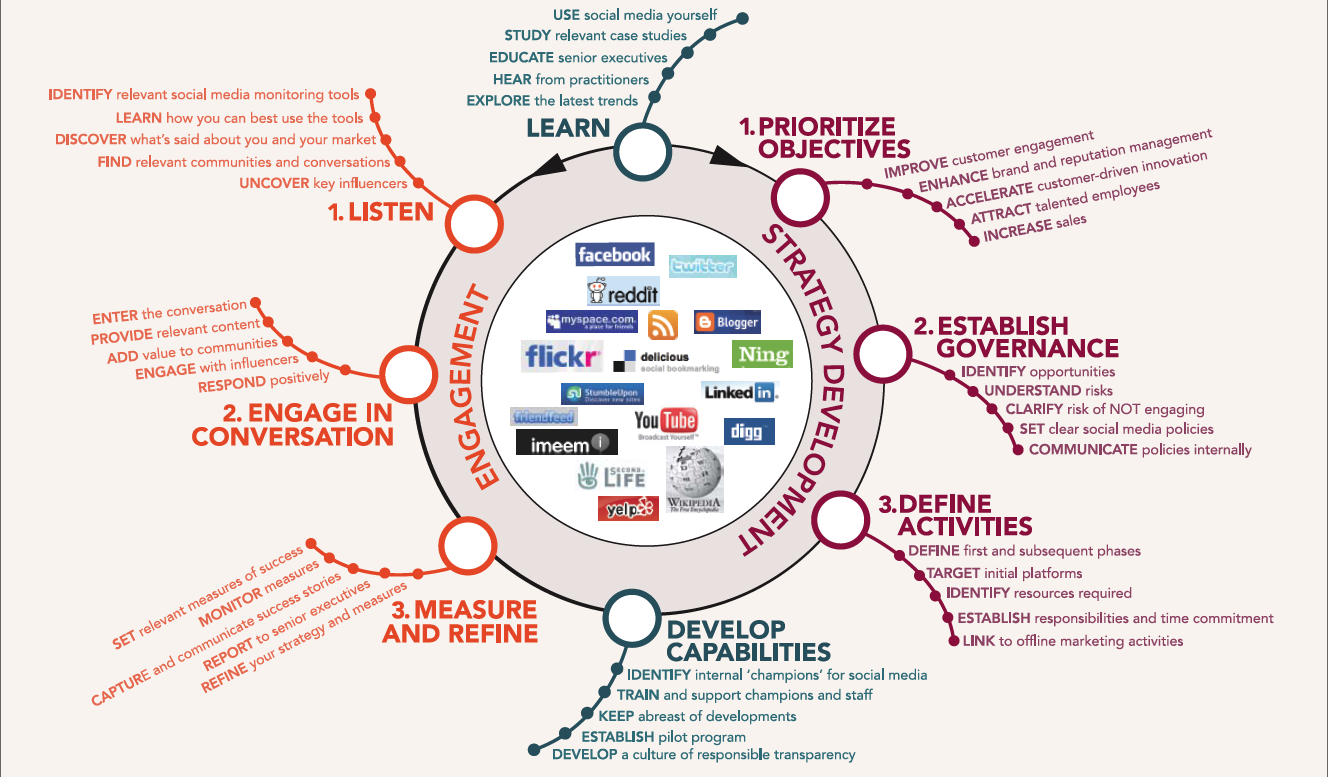
In the figure you can see a strategy to develop a succesful SM strategy. You start the engagement process with listening, you identify relevant social media monitoring tools, learn how you can best use the tools, discover what's said about you and your market and find relevant communities and conversations. The next step of the engagement process is to engage the conversation by entering the conversation, providing relevant content and adding value to communitites. The last step of the engagement process is to measure and refine, for example set relevant measues of success and monitor measures.
The learning phase is a continous process which needs to be updated very frequently to follow trends.
In this process you use SM yourself, study relevant case studies, educate senior executives and explore latest trends.
Also the process of the strategy development is very important and essentiell for a successful strategy. The process is devided into 3 phases: (1) prioritize objectives (2) Establish government (3) Define Activities.
Sources:
https://www.google.fi/search?q=social+media+marketing+strategien+f%C3%BCr+twitter+facebook+%26+co&source=lnms&tbm=isch&sa=X&ved=0ahUKEwiml-3egujLAhUFvHIKHVOEBjgQ_AUICCgC&biw=1280&bih=610#tbm=isch&q=social+media+marketing+strategie&imgrc=-94un-7rCm8wxM%3A
http://alles-online-marketing.de/was-ist-social-media/
https://www.google.fi/search?q=social+media+marketing+strategien+f%C3%BCr+twitter+facebook+%26+co&source=lnms&tbm=isch&sa=X&ved=0ahUKEwiml-3egujLAhUFvHIKHVOEBjgQ_AUICCgC&biw=1280&bih=610#tbm=isch&q=social+media+marketing+strategie&imgdii=rZau4ApPM7Y7jM%3A%3BrZau4ApPM7Y7jM%3A%3B24KU8RS71FyOlM%3A&imgrc=rZau4ApPM7Y7jM%3A
